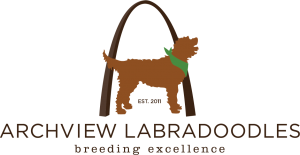
Earlier this week we discussed how to monitor your child’s interactions with your new puppy. Today we are going to expand on that thought process, particularly pertaining to puppy playtime! Some of my best memories as a child are of playing with my dog in the backyard, there truly is no better way for a child to grow up. That being said, sometimes it is harder for younger children to determine the appropriate way to play with their four-legged friend. We have compiled a few of our favorite tips to keep in mind when encouraging playtime between your child and your new addition.
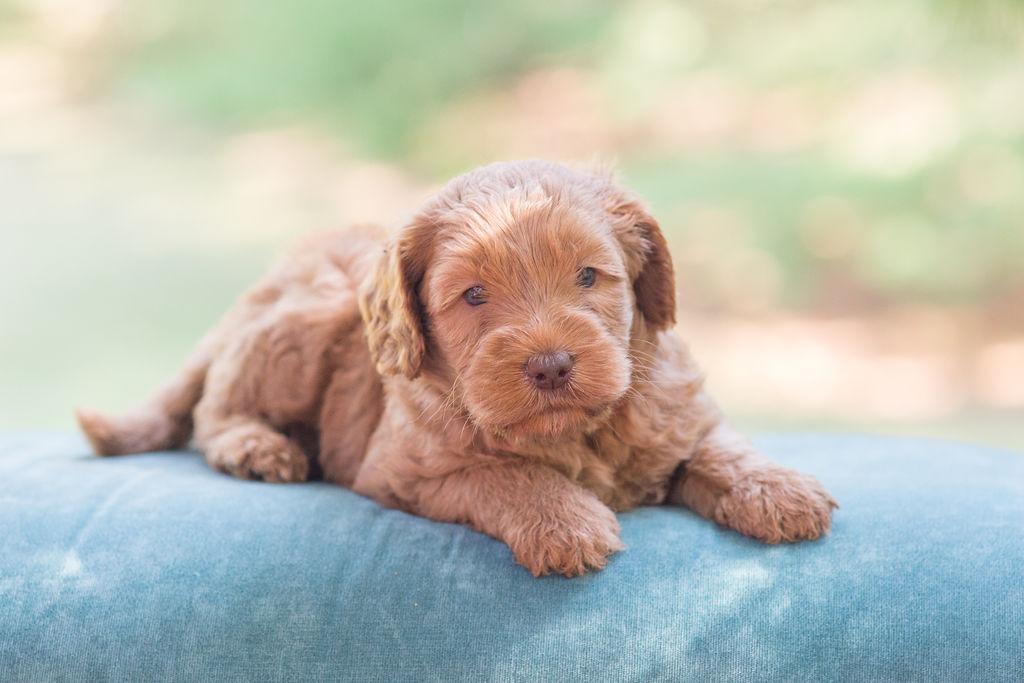
The Differences in Playtime
Puppy playtime looks a lot different than children’s play time. Puppies naturally do not understand the behaviors of people. It is a learned skill that they pick up on after spending time with their two-legged family. Puppies are easily stimulated by the way in which children play. Their natural reaction to this type of playtime is to jump up on the person exciting them or possibly even to grab onto their clothing with their teeth. Watch two puppies playing together and see the way they interact and you will see this is natural behavior brought out by the excited screams and antics of small children.
When children play, they often scream and jump around in excitement. This can over-stimulate your puppy or frighten them. It is not your child’s intention to scare your puppy, but this type of playtime can bring out the worst in your new puppy. It is important to teach your child the right way to play with your new puppy and to monitor their playtime closely.
The Right Way to Play
So what should playtime between your child and your puppy look like? You need to have clear and specific boundaries for both your child and your puppy such as:
- No teeth on the children.
- Dropping a toy when told to do so.
- Your puppy should obey your child.
- Use positive reinforcement during play.
- Supervise games of “tug of war.”
- Do not chase the puppy.
- Do not play keep away with the puppy.
- Do not tackle or wrestle with the puppy.
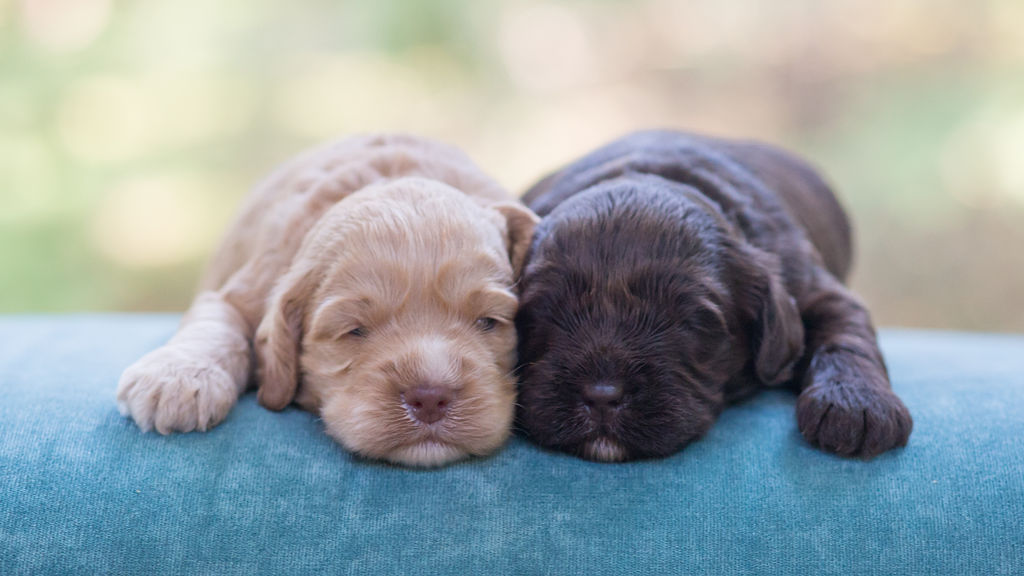
Remember, your puppy probably does not begin playing with your child with the intention of hurting or scaring them. Unfortunately, accidents can happen when playtime gets out of hand. As your puppy grows and matures, he or she will learn the rules of the household. Until then, however, you should always monitor the way your child and puppy play.
Knowing When to Interrupt Playtime
Sometimes you have to decide that playtime is over when things get out of hand. Here is a list of times that is imperative that you call it a day for puppy playtime:
- The puppy is mouthing, jumping, grabbing or nipping at your child.
- The puppy is barking excessively.
- Your puppy does not appear to be tiring out after a lengthy play session.
- You child or your puppy does not appear to be enjoying themselves.
- Your child or your puppy appears frightened.
- The puppy begins to sniff the ground or attempts to move away from your child and onto a new activity.
- The puppy grows overprotective of a toy or will not give a toy up when your child asks for it.
- Or your puppy is running away looking for a place to hide.
Your puppy and your child should be best friends! Watching for these warning signs help keep your puppy confident and keep your children safe. We always recommend working with a licensed professional as your puppy matures so that he/she learns the lay of the land in a safe, structured environment.
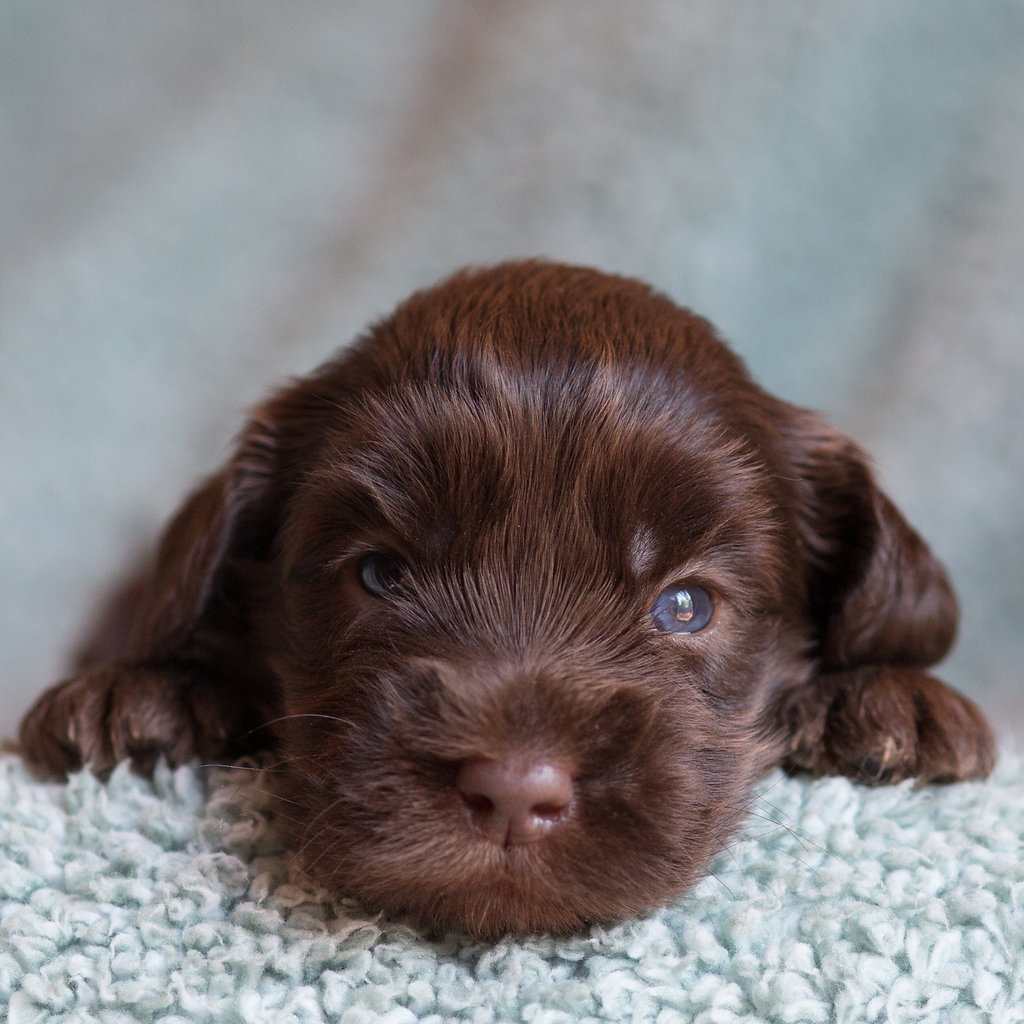
Step one to making your child’s wildest dreams come true is picking out a puppy for them! At Archview, we pride ourselves on picking the perfect match for each family, each time. If you are interested in adding an Archview Australian Labradoodle to your family, check out our available puppies page HERE.
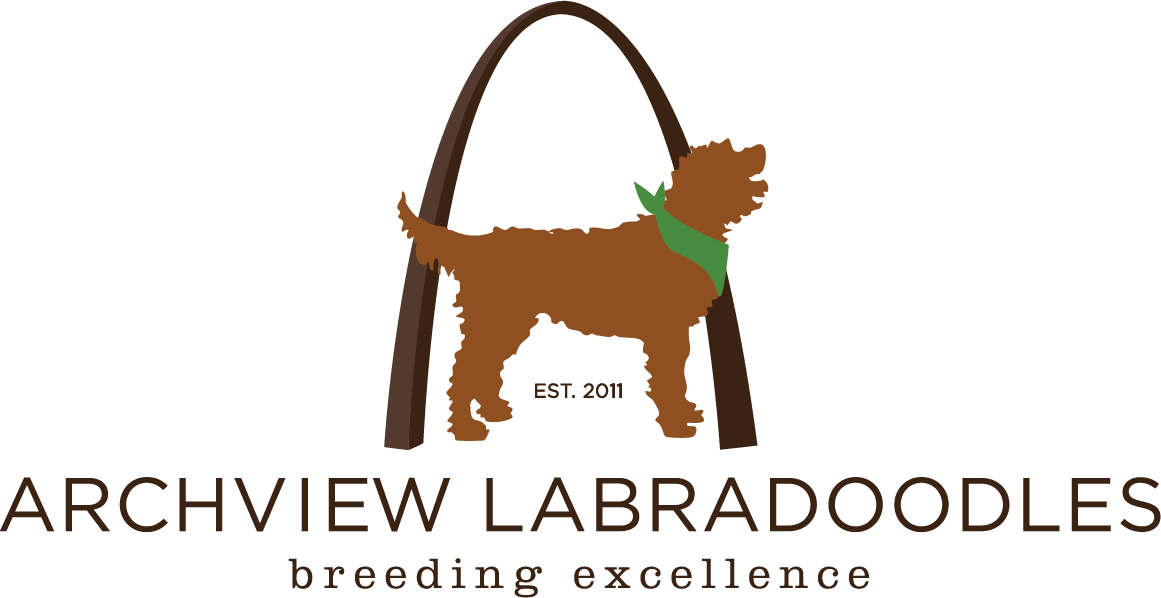






Leave a Reply